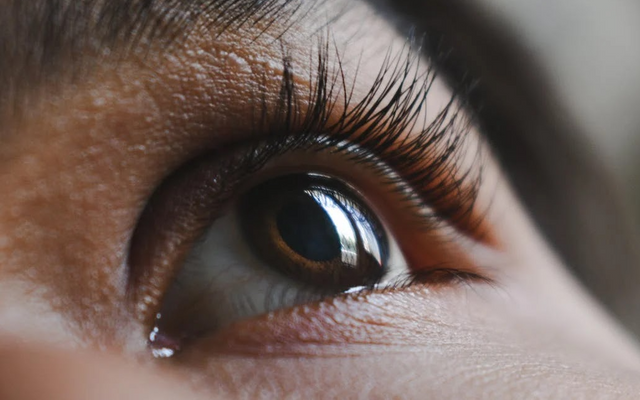Retinal Detachment - Causes, Symptoms and Treatment

Retinal detachment happens when the retina (the light-sensitive tissue that lines the back of your eye) is moved out of its usual position. To survive and function properly, the retina must be linked to the rear of the eye.
A retinal detachment is a medical emergency that must be addressed quickly.
Can a detached retina be fixed? Yes, if addressed in time. If a retinal detachment is not detected and treated promptly, it can result in the irreversible loss of some or all of your vision.
What Causes a Retinal Detachment?
There are numerous reasons for retinal detachment, but age and myopia (short-sightedness) are the most prevalent.
Most retinal detachments occur when a tear or hole in the retina enables fluid to escape between the layers, lifting the retina from the back of the eye. Tears and holes in the eye might occur due to age-related changes to the retina.
Tears are most commonly caused when the vitreous gel that occupies the middle of the eye rapidly separates from the retina (acute posterior vitreous detachment or PVD). Most PVDs, however, do not cause retinal detachment.
Other eye disorders, such as diabetic retinopathy, can cause fibrous scar tissue to grow inside the vitreous gel and on the retina's surface. This scar tissue might pull on the retina (traction), resulting in detachment.
Who Is at Risk for Retinal Detachments?
Retinal detachment is a rare occurrence that can affect anyone, but certain people are more susceptible. You are at greater risk if:
- You are over 60;
- You or a family member have undergone retinal detachment before;
- You have suffered severe eye damage;
- You have diabetic retinopathy;
- You have extreme nearsightedness (myopia).
If you have any of the risk factors listed above, you should be aware of the warning signals and immediately seek medical attention.
What Symptoms Indicate Retinal Detachment?
If only a small portion of your retina has detached, you may not experience any symptoms. However, if more of your retina is detached, you may not be able to see as clearly as normal and may experience other symptoms such as:
- An abrupt increase in the quantity and size of floaters;
- Flashes of light come suddenly in one or both eyes;
- A shadow appears in your peripheral vision;
- Seeing a gray curtain move across your area of view;
- A sudden decline in vision.
Many people have flashes and floaters, which is normal for their age; however, if you see flashes or floaters for the first time, or if your usual flashes and floaters alter, you should have your eyes evaluated immediately.
How Is a Retinal Detachment Diagnosed?
An ophthalmologist might dilate your pupils during an eye examination to detect a retinal tear or detachment.
An eye ultrasound may also be conducted, allowing your ophthalmologist to view the exact position of your retina.
How Are Retinal Detachments Treated?
A retinal detachment is treated by surgery to restore the retina's correct position. If this is not done, the retina may lose its ability to function permanently, resulting in blindness. You must visit your eye doctor as soon as you notice the symptoms, especially if you are in one of the risk groups.
Retinal detachment surgery is unique to each instance. The sort of surgery you require will be determined by the type and location of your detachment and any aggravating circumstances, such as other eye disorders.
Your ophthalmologist will review all your surgery options and recommend the one that is best for you. You should ensure that you have a full discussion with your ophthalmologist about these therapies and understand what is involved both during and after surgery.